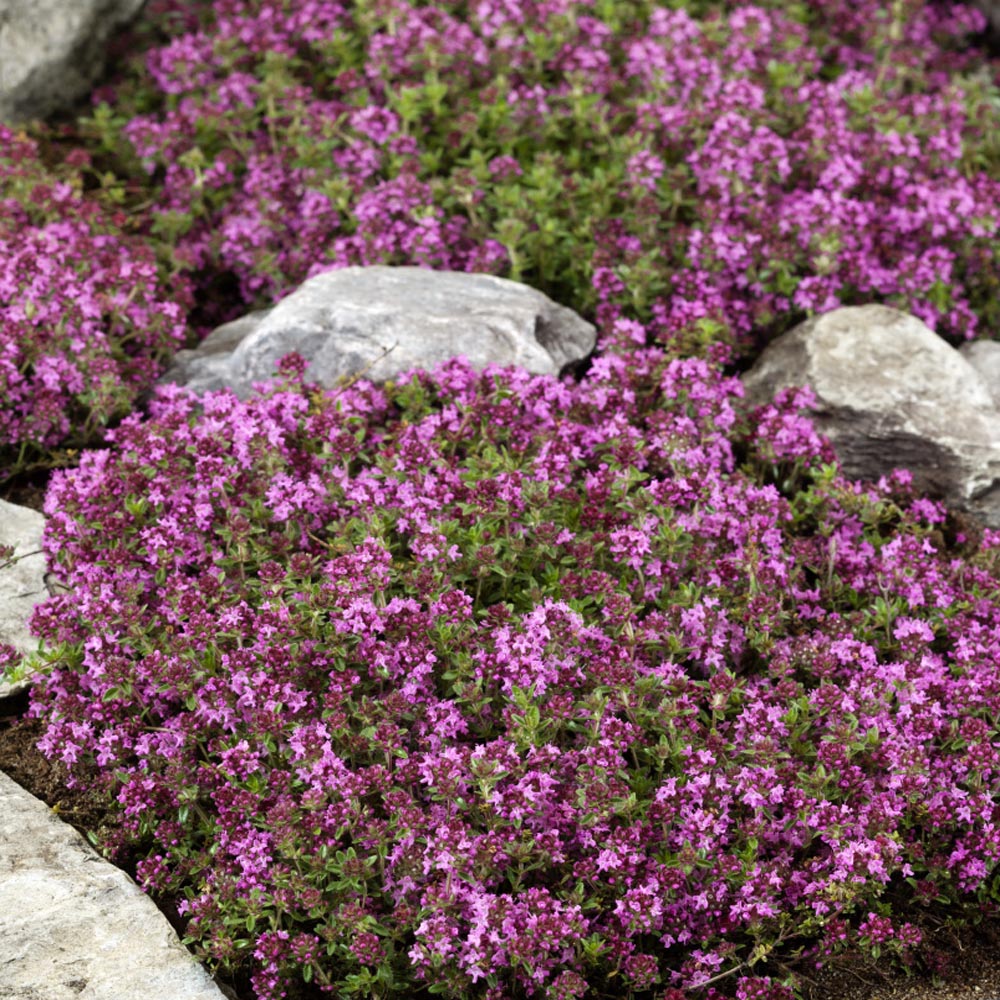

However, the popularity of this plant means that it now grows in gardens all around the world. Thyme is an indigenous plant to parts of Eurasia.

Pink Chintz, Red Creeping Thyme, Purple Carpet, Spicy Orange, Wooly Thyme, Doone Valley Resistant to most pests and diseases requires good drainage to prevent root rot Groundcover, landscaping, filling gaps between stepping stones, culinary, folk medicineĬaraway thyme, creeping lemon thyme, and spicy orange thyme: Zones 5-9 White and red thyme: Zones 4-9 Wooly thyme: Zones 6-8įull sunlight or areas with afternoon shade White creeping thyme, Spicy orange creeping thyme, Red creeping thyme, Caraway thyme, Wooly thyme, Archer’s Gold thyme 10.6 What does creeping thyme look like in winter?.10.5 Will creeping thyme choke out weeds?.10.4 Can I plant creeping thyme directly in the ground?.10.1 Does creeping thyme come back every year?.Woolly thyme can grow up to 6-inches in height, but it’s a slow developer and spreads slowly. Creeping lemon thyme, caraway thyme, and spicy orange thyme produce pink flowers, and the plant remains short, reaching a height of 4-inches.īoth pink and red creeping thyme also stay short, reaching heights of 4-inches or less. The vines begin to flower in the later springtime to early summer. This perennial grows to a low height and then spreads out with its vine-like growing habits.Ĭreeping thyme has foliage with a fine texture, and they spread out across the ground, producing flowers with different shades of color, depending on the type. The thymus family encompasses a broad group of plants and herbs, all of which thrive in moderate climates. Creeping thyme is edible like its cousin and can be used in cooking or steeped for teas and tinctures. Creeping thyme is a woody, perennial species of the Thymus that acts as an excellent ground cover for sunny areas of the garden.


 0 kommentar(er)
0 kommentar(er)
